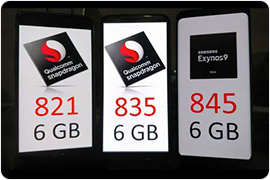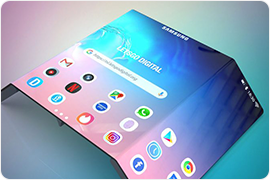From How It Works to Top Best Ones: All About In-Ear Translator
By Carrie Tsai, Last Updated: October 11, 2020NEW PROD
Nowadays, with tremendous strides in information and technology, we humans have arrived at a point where AI is in fact able to break through language barriers. With the help of AI technology especially voice recognition & synthesis, machine translation has reached the point where they can understand some of the subtleties of human communication. In-ear translator, as the latest machine translation innovation, has done a great job in breaking down language walls.
Thanks to its portability, accuracy and real-time translation processing, in-ear translator provides you with a faster, more precise and more convenient alternative to the well-established convention of using a translate app with a phone passed back and forth. When travelling abroad or attending international business convention, wearing ones in your ears can be very convenient and efficient to help you a lot in your communications with others.
But how well does it work to provide accurate and real-time translation? Have it been perfect without any limitations? What are the best ones available currently? You may raise these questions in order to have a better understanding about this advanced translation technology and select the right one. Don't fret though. All these will be explored in the following. Keep reading.

Read Also:
iOS 14's Translate App: Is It Better than Translating Earbuds
Full Instructions: How to Use TWS Bluetooth Earbuds
How to Connect Bluetooth Earbuds to Work with Your Phone
Headphones VS Earbuds: What's the Difference and How to Choose
Gaming Headset VS Headphones: How to Choose for PC Gaming
How Does In-Ear Translator Work
The in-ear translator works to translate by not really relying on the earbuds themselves, but the combination of the earbuds and the equipped software application installed on your smartphone.
Simply put, the application that is equipped with the in-ear translator to download on your phone transforms your phone into a translation machine while the earbuds serve as the audio output terminal where you can receive the translated speech. That being said, this technological marvel that happens in your ears in fact gets the translation from your phone.
However, different from the time-honored tradition that requires you to type anything or tap on any button on your phone, in-ear translator is much easier and more convenient to use. Once connected to your smartphone (on which the equipped app has been installed) via Bluetooth, the translator allows you to make translation with no need to hold your phone to type or tap on anything. In short, it's easy and simple to use.
But how exactly does the in-ear translator work to provide accurate and real-time translation? Well, in-ear translator normally processes translation data via the following 5 procedures including input processing, language recognition, voice/speech recognition, language processing (translating) and speech synthesis.
Note:
Due to different structures and components, specific process may vary across different models. But the major procedures are basically the same.
Procedure 1. Input Processing
As a device which depends on verbal commands, the in-ear translator needs to be capable of filtering out ambient noise, screening the voice of the user in order to refine the voice needed to be translated.
Hence, after successfully connected to your phone where the equipped translate app has been downloaded, once there is speech that sets to be translated, the in-ear translator will receive all the surrounded audio input and immediately pick up the proper words that are isolated from ambient noise. This procedure is prioritized for that it ensures the accurate target of the subsequent processes.
Since this feature is crucial, it's advisable to choose one in-ear translator which can well implement noise cancellation/filtering. Due to the fact that different models may have difference in noise filtering capability, when selecting an in-ear translator, you should really focus on this feature.
Procedure 2. Language Recognition
Once recording and receiving the input voice of the person you're talking to, the in-ear translator will identify the original language of the input voice. This procedure is incredibly important in language translation for that it needs to process promptly to ensure that no words are missed. Identifying the proper original language also ensures the correctness of the words and sentences which are set to be translated later.
Procedure 3. Speech Recognition
Any speech recognition machine needs to be able to convert recorded words to recognize them. So does the in-ear translator. After identifying the original language, the in-ear translator will instantaneously convert the recorded words and break them into phonemes to recognize them. This procedure includes recognizing and correcting grammar errors, recognizing and filling in conversation gaps as well as working across different accents and pronunciations.
Procedure 4. Language Processing
The language processing algorithm, also called translation algorithm, is the hard core of any language translation. After recognizing the recorded speech, the in-ear translator will immediately get into the translation. As a digital translating tool which relies on advanced AI technology, the in-ear translator translates not only words that are spoken, but also the meaning of the words.
That is, unlike simple machine translation which translates speech word by word, the in-ear translator makes translation that is based on the context (sometimes the emotion) of the original. This relies on the machine learning process that utilizes a language database in which there are common phrases and sentences.
Hence, in-ear translator can provide high-accurate translation on the grounds that it forms a translated phrase or sentence that makes sense and remains the original context.
Procedure 5. Speech Synthesis
After going through the translation, the in-ear translator will instantly get into the final procedure - speech synthesis. The translator is smart enough to convert the translated words into an audio output which sounds as natural as possible. That is, the machine itself will simulate the proper pronunciation and intonation of certain words or phonemes which are collected from recorded words.
After that, you'll hear the translated phrases or sentences which are accurate and real-time from the portable translating earbuds on your ears.
These Articles May Be Helpful:
How to Connect Bluetooth Earbuds to Work with Your Phone
How to Fix Earbuds by Your Own While Only One of Earbuds Working
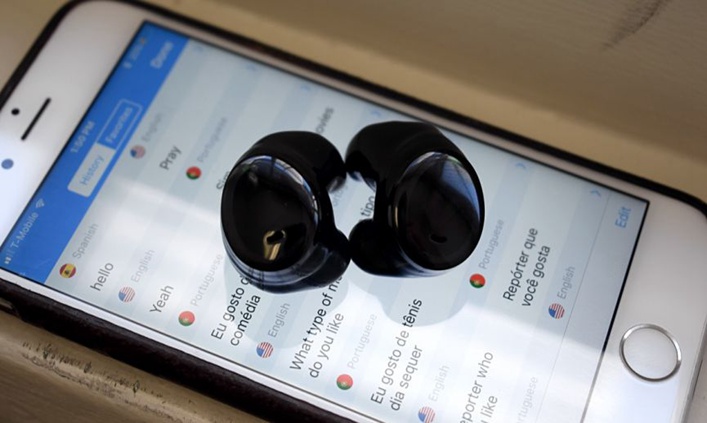
In-Ear Translation Technology Still Has Some Limitations Currently
As the technology makes strides in becoming more intelligent and accurate, the in-ear translator is getting more and more competitive in the machine language translation field and has somewhat reached the point where it seems to rival its human counterparts. However, it's still far from perfect with some limitations and thus less competitive than human translation in some aspects.
Limitation and Disparity in Language Database
One obstacle of in-ear translator lies in its language database. On the one hand, currently the language database of all in-ear translators is far from universal. With more than 6 thousand spoken languages available across the globe, the in-ear translator currently can only recognize and translate at most around 100 languages. And the common branded translators limit their database to between 40 to 60.
On the other hand, there is disparity among different languages in a set of language database. Simply put, some languages serve better than others. The most common languages such as English and Spanish serve much better since they have plenty of readily available datasets. However, low resource languages such as Haitian or Amharic are still excluded for that dedicated resources are far from available.
Insufficiency in Emotional and Cultural Aspects of Language
Due to the fact that language is always context based and closely related to human emotions, cultural transfer is a challenge for any machine translation. As a language translating machine, although the in-ear translator relies on artificial intelligence, it isn't good enough to handle human emotions and culture especially the nuances of tones.
Compared to human translation, in-ear translating technology still needs a lot of improvement to provide more value in terms of context, emotional intelligence and culture.
Only Works One-way
Another limitation of any in-ear translators is that they only works one-way. That is, an in-ear translator normally can only translate the words from the person you're speaking to if you're wearing it. And if you want the person you're talking to to understand what you're saying, you have to take off your translator and pass it to the other person. This is a kind of hassle much like passing off phones with translate apps to the person you're talking to, isn't this?
To realize the ideal two-way translation between people in different languages, both parties need to have translating earbuds in their ears. Nevertheless, the big probability is that both parties don't have their translators in ears simultaneously.
In short, the in-ear translating technology indeed remains some limitations in language capacity and workflow and is far from perfect. However, this technology is still promising and has massive value in language translation. The limitations aren't fatal and are being improved by a great number of companies.
The in-ear translators in the current market are enough to be capable of handling real-time translation among the most common pre-determined languages with high accuracy. They are worth a try.
What Are the Top Best In-Ear Translators Available
When selecting an in-ear translator, there are the major factors you should consider including design, comfort, audio quality, charging and battery life, languages capacity and translating performance. The following are the top 3 best ones available in the current market, you can have a look to have a clear picture of what a good in-ear translator should be.
1. Google PixelBuds
Google PixelBuds are the most renowned in-ear translator today which was created by Google and released back in 2017. As a pair of Bluetooth earbuds, it is comfortable to wear and simple to use and offers excellent audio quality. It can be used to listen to music or answer to phone calls with large battery life of up to 5 hours on a single charge.
As an in-ear translator, it offers one of the most accurate and smoothest real-time translations today. This model helps you in an effortless conversation of more than 100 languages, making it highly competitive. When it comes to the equipped mobile translate app, it works with the well-established Google Translate for speech recognition and translation.
This is the most advantageous feature of the PixelBuds since Google Translate is available in almost all mobile phones, making the translator compatible with almost all phones. Also, you can use Google Assistant via this in-ear translator.
Price: $179
2. Bragi Dash Pro
The Dash Pro, created by both Bragi and iTranslate (Bragi produced the earbuds while iTranslate brought the translation app), is regarded as the first in-ear translator in the world. As a pair of Bluetooth earbuds, it has done a great job in noise cancellation. Also, other than being an in-ear translator, it's also a waterproof exercise tracker which is comfortable to wear and secure to use.
As an in-ear translator, this device supports up to 40 languages and claims to have a battery life of 30 hours. In terms of the translation performance, this in-ear translator does pretty well with high accuracy and real-time processing. Moreover, it relies on the iTranslate app which you need to download on your phone to use the translator. The biggest advantage of this app is that it can be used as a standalone app without having to connect to the Dash Pro earbuds.
Note:
To use the iTranslate app, you'll need to pay for a monthly subscription.
Price: $329
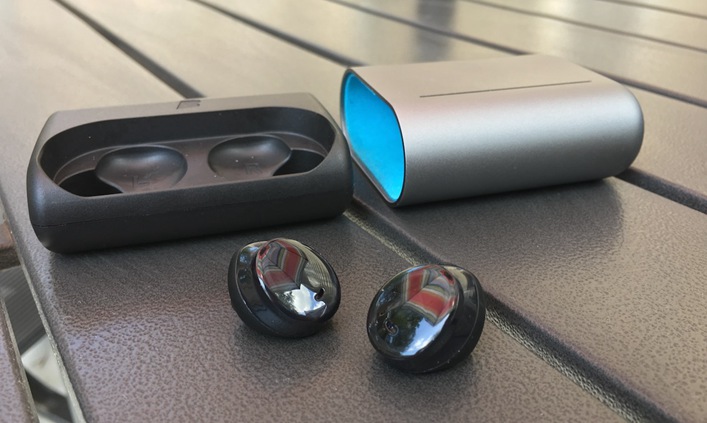
3. The Pilot by Waverly Labs
The Pilot is developed by Waverly Labs through Indiegogo crowdfunding project. As with most of normal wire-free earbuds, this model is comfortable to wear, easy to use and good in audio quality. As an in-ear translator, it works with the Pilot Speed Translation app and only allows you to converse in 15 languages and 42 accents.
However, the real highlight of the device which makes its workflow quite different from other in-ear translators lies in its Conversation Mode. This mode allows for a two-way translation. It works only when two parties are sharing a pair of Pilot earbuds and both have the Pilot Speed Translation app installed on their phones.
Price: $179
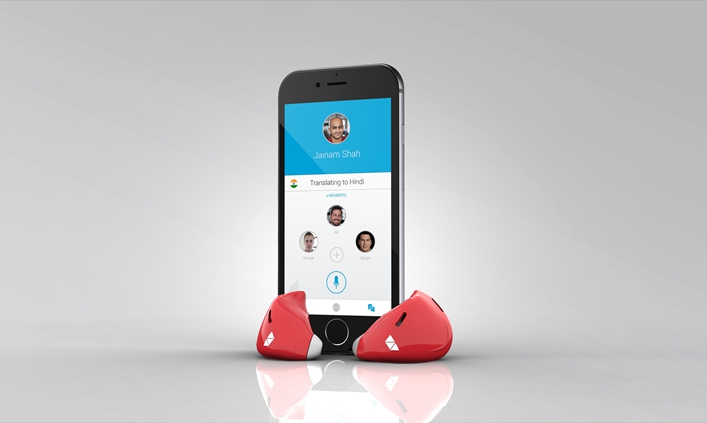
The above top 3 best in-ear translators are powerful as a pair of wire-free Bluetooth earbuds and excellent as a pair of translating earbuds. They are definitely worth having a try. However, the fact is that all of them are very expensive.
But don't be fretful if they are far beyond your budget. There are much more affordable yet powerful and high-quality alternatives for you - our Model T2S, Model T9S, Model 3 Generation Macarons and Model BE69.
As with the top best ones, the 4 in-ear translator models offer you the functionality of wire-free earphones and translation earbuds together. By using them as a pair of normal Bluetooth earbuds, you're able to get the best quality audio results. The Model BE69 can even efficiently remove surrounding noise for that it comes with the Qualcomm double mark noise reduction function.
Besides, being compact and cool in design, all of them are comfortable to wear and fashionable to use. And if you like other colors than white or black, the third model which comes with 6 selective Macarons colors is made for you. With the fact that they are all Bluetooth 5.0 functional, they ensure fast and smooth voice transmission.
As translating earbuds, these 4 in-ear translators support a number of languages and perform well to provide accurate, real-time and portable translation. The fast charging time and long battery life of up to 5 hours also make them serve you well.
Specs and Price of Model T2S
Bluetooth version: 5.0
Power input: 5.0+0.25V / 1A
Power Output: 5.0+0.25V / 30mAh
Duration: talk time/music time: 3 to 4 hours
Battery capacity: 3.7V / 30mAh
Charging time: Earbuds/1 hour
Price: Translation: $40.00
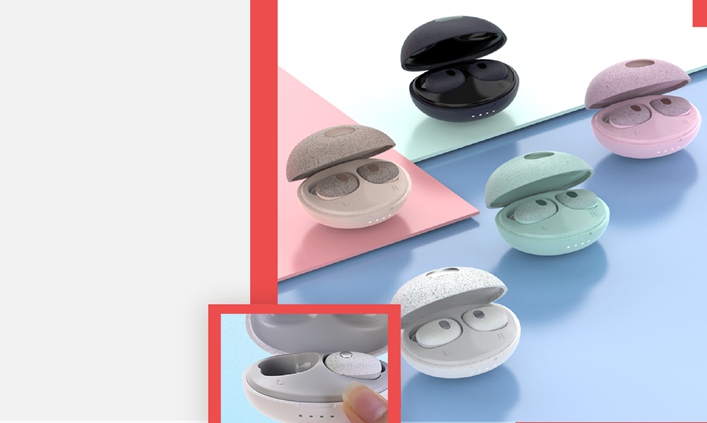
Specs and Price of Model T9S
Bluetooth version: 5.0
Chip: Jerry 6936 d
Duration: talk time/music time: 3 to 4 hours
Battery capacity: Earbuds/30 mah; Charging box/380 mah
Charging time: Earbuds/1 hour; Charging box/2 hours
Price:
Normal: $9.84
Translation: $17.32
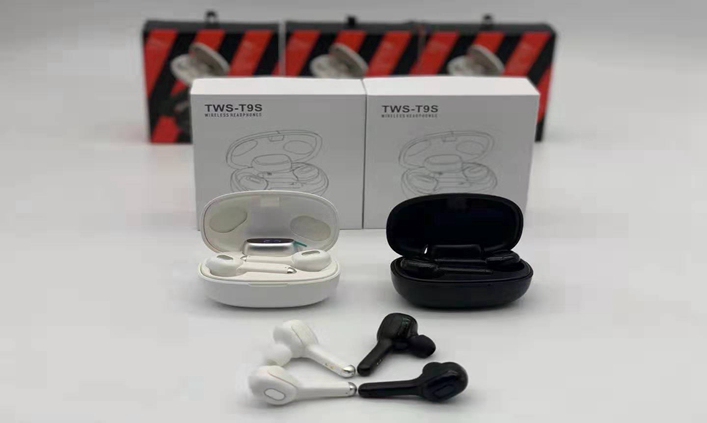
Specs and Price of Model 3 Generation Macarons
Bluetooth version: 5.0
Chip: Jerry 63 opens popover
Battery capacity: earbuds/30mA; charging pod/200mah
Price:
Normal: $5.29
Translation: $10.57
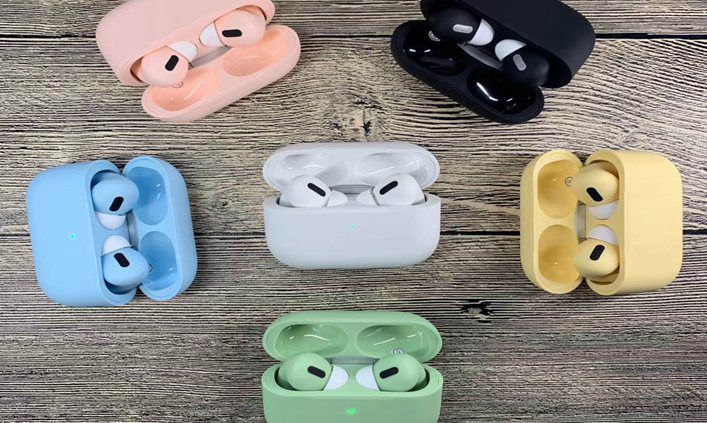
Specs and Price of Model Qualcomm Double Mark Noise Reduction BE69
Bluetooth version: 5.0
Chip: Qualcomm QCC3020
Transmission distance: 10m
Duration: 4-5 hours
Battery capacity: earbuds/40mah; Charging base/400mah
Charging time: earbuds/1.5 hours; charging case/2 hours
Price:
Normal: $22.90
Translation: $34.94
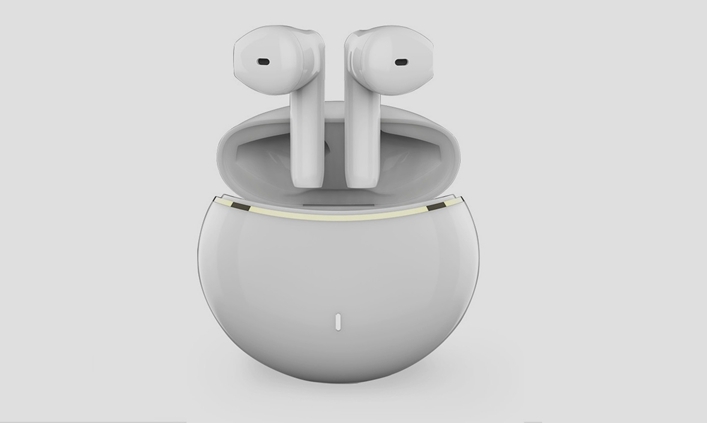
Final Words
With strides in language translation technology, machine learning has reached the point where in-ear translator seems to rival its human counterparts. In-ear translator which works with a mobile translate app on the mobile phone, performs pretty well in breaking through language barriers.
Although currently it's far from perfect, this advanced translation technology is still incredibly promising since it can be improved greatly. An in-ear translator offers you the functionality of wireless Bluetooth earbuds and translating earbuds together.
The top 3 best ones available today are undoubtedly the best to buy. But they may be far beyond your budget option. Hence, it's advisable of you to select the above 4 recommended alternatives which are much more affordable yet powerful. Enjoy!



